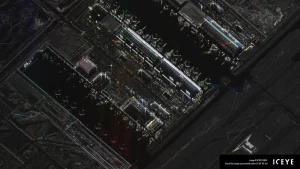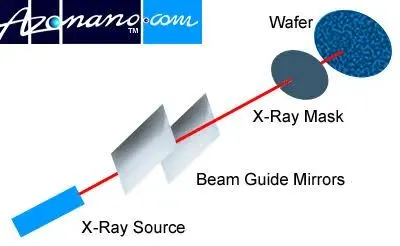
It’s a commercial system aimed at users who need to extract more information from radar imagery, including movement and direction of man-made objects, for example vehicles. It enables the radar imaging satellites to focus on a single point on Earth as they pass overhead, combining more information into a single 25-second data collection.
The Dwell product has three components, says the company: high-fidelity SAR image (to reduce the speckle artifacts common in SAR images), colour subaperture images (to better distinguish vehicles and buildings from natural backgrounds) and the use of video (built from the multiple sub-images that comprise a Dwell collection).
“This product is another element in using remote sensing to better understand and characterize what is happening and changing on the ground in all lighting and weather conditions,” said John Cartwright, Head of Data Product at ICEYE.
SAR

It is a “synthetic” aperture, says NASA, in the sense that a sequence of data acquisitions from a shorter antenna are combined to simulate what would be much larger antenna.
One competitor to Iceye in this field is Synspective, another satellite SAR data specialist, which last year raised $100 million in Series B funding.
See also: Synspective, Insight Terra combine for IoT platform with satellite SAR data






